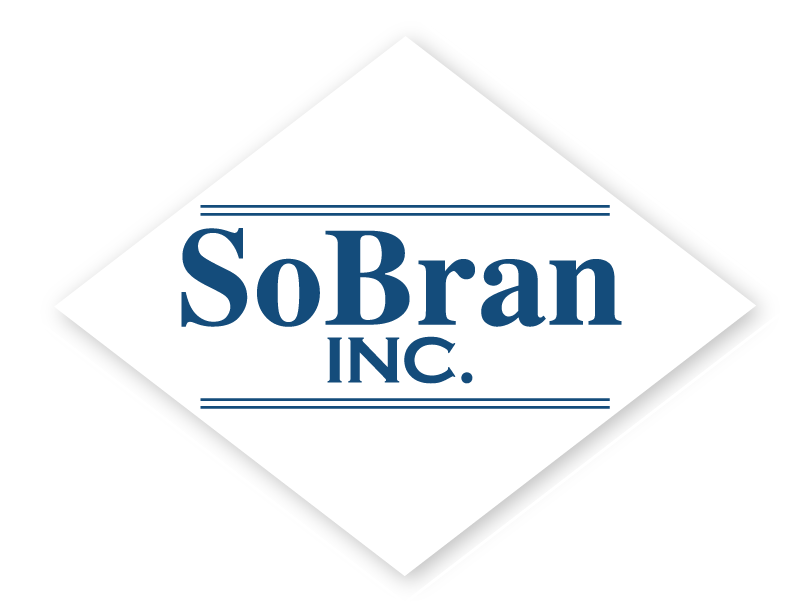“…UPS and FedEx both have programs that allow customers to re-route packages to their offices…”
“Now I have all my personal stuff delivered to my office,” said Nyhus –
With the rate of package theft from porches and doorsteps skyrocketing this busy season, the company mailroom has become the de facto personal method for parcel delivery.
What Does This Mean for My Company?
Additional staffing costs and storage costs aside, the increase in packages at a company mailroom is a pressing security issue. Those looking to do harm are merely a postage stamp away from gaining access to your building, your assets and your employees.
What is the Danger?
With such a sharp increase in volume and perhaps even a deficit of staff to handle this influx, security can be compromised by rushed scanning or ineffective screening.
Chemical threats, Biological threats, Radiological threats, Nuclear threats and Explosive threats (CBRNE) and now deadly Fentanly and drug threats are all possible harmful tactics that can be employed by terrorists or lone wolf types. Since many of the packages are from unfamiliar sources with employees being private recipients, there are unknown factors to be considered.
What Should We Look for?
Any cause for question or suspicion package has to be taken seriously. One of these items or a combination can indicate a dangerous package:
- Excessive postage
- Sealed with extra tape and material
- Restrictive markings like “Personal” or “Private”
- Lack of return address
- Lopsided or uneven package
- Strange odors, stains or leakage
- Badly typed or written addressing
- Misspelled words
- Return address from a foreign country or does not match postmarking
Do We Have the Right Equipment for Protection?
When it comes to screening mail and packages, Xray is not enough. Further methods for full Chemical, Biological, Radiological, Nuclear and Explosive screening are needed depending on your organization’s risk profile. Methods include:
- Visual inspection
- Automatic sensors
- Handheld sensors
- Canine teams
- X-ray scanners
- Air sampling systems
- Automatic biological detection systems
How Can We Ensure Protection?
- Make sure your organization has a letter and package screening program designed to fit your organization’s threat as a potential target (terrorist, disgruntled employee, etc)
- Appoint a mail center security coordinator and an alternate to be responsible for your screening plan and to ensure continual compliance.
- Establish lines of communication between the mail center security coordinator, management, and the security office.
- Screen all mail and packages when they first arrive at your mailroom for sorting.
- Staff who sort mail by hand should perform the screening, as they are the ones most likely to notice a suspicious item.
- Prominently display a list of suspicious letter and package indicators in your mailroom and provide a copy of the list to all staff to ensure they’re familiar with it.
- Document response procedures for after a threat is identified and perform continual staff training on these procedures. Quick and safe response to a possible threat is just as important as finding the threat itself,
Basic steps for Mailroom Safety include:
- Provide training
- Put a plan in writing
- Install correct sensor equipment
- Train employees
- Run practice drills
If this is not possible, consider outsourcing mail screening to a third party or sending mail to a third party screening facility.
As always, I appreciate your comments. smartin@sobran-inc.com
